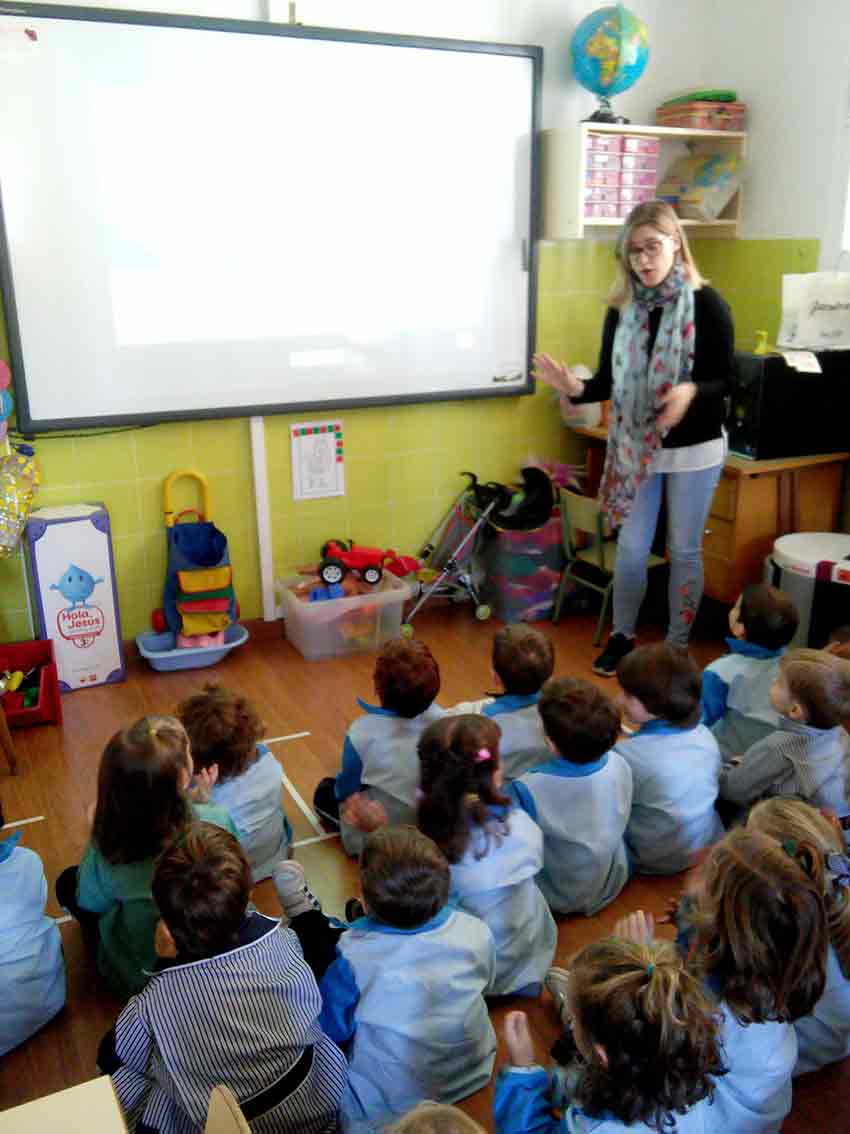The position of the Spanish language in the world today is strong. And Spanish in the US is even stronger. Spanish is the second most commonly spoken language after Chinese.1 In the United States, after English, Spanish is the most common language, spoken by approximately 38 million people.2
In the United States, Spanish is by far the most commonly taught language in schools and has increased in popularity over the past 20 years. In 2008, 88% of the elementary schools with foreign language programs taught Spanish, compared to 79% in 1997, and 68% in 1987.
At the same time, French and German decreased. In secondary schools, 93% of the schools with language programs offered Spanish, and this percentage increased since 1987 by 6%. Both French and German instruction decreased during this time period as well.
Spanish is the Second Most Commonly Spoken Language Around the World
Over 572 million people speak Spanish worldwide, of which 477 million people are native speakers, according to a new report from the Spanish government’s Cervantes Institute.
In its annual report, Spanish in the World of 2017, the language and culture institute found that the number of Spanish native speakers jumped by 5 million between 2016 and 2017.
According to the report, Spanish continues to be the second-most spoken mother language – topped only by Mandarin which is spoken by 950 million people. Today, Spanish is spoken in 7.8% of the world, a percentage that is predicted to remain the same until at least 2050 – unlike those for Mandarin and English which are expected to drop.
This number is expected to rise to 754 million people by 2050, pushed by population growth in Spanish-speaking countries as well as the growing number of Spanish speakers in the United States.3 Today, in the United States, there are 43 million native Spanish speakers and another 15 million people with some knowledge of Spanish. Spanish has a lot of weight in Latin America, but the most interesting news is how Spanish has grown in the United States. By the middle of this century, Spanish will break apart the English-only model.4

The number of Spanish language radio stations, television programs, and newspapers has grown significantly, with over 600 Spanish radio stations and 500 Spanish language newspapers.5
The “AMERICA’S LANGUAGES – Investing in Language Education for the 21st Century” report from The American Academy of Arts & Sciences, finds that:
- The ability to speak, read, and write in other world languages, in addition to English, is critical to success. Not only in business, but also in research and international relations in the twenty-first century.
- The United States needs more people that speak languages other than English in order to provide social and legal services for a changing population.
- Studying a second language has been linked to improved learning outcomes in other subjects, enhanced cognitive ability, and the development of empathy and effective interpretive skills. The use of a second language has been linked to a delay in certain manifestations of aging.
- The United States lags behind most nations of the world, including European nations and China, in the percentage of its citizens who have some knowledge of a second language.
- One of the biggest obstacles to improve language learning is a national shortage of qualified teachers. 44 states and Washington, D.C., report that they cannot find enough qualified teachers to meet current needs.6

A Second Foreign Language
Studying a second foreign language for at least one year is compulsory in more than 20 European countries. In most of them, students begin studying their first foreign language as a compulsory school subject between the ages of 6 and 9, according to a 2012 report from Eurostat7, the statistics arm of the European Commission.
This varies by country and sometimes within the same country. For example, children at the German-speaking Community of Belgium – one of the three federal communities of Belgium–start learning a foreign language when they are 3 years old, but students in some parts of the United Kingdom (excluding Scotland) wait until the age 11 to take a foreign language.
Only 25% of American adults self-report speaking a language other than English, according to the 2006 General Social Survey8. Of those who know a second language, 43% said they can speak that language “very well”. Within this subset of multilinguals who are well-versed in a non-English language, 89% acquired these skills in their childhood home, compared to 7% who pointed at the school as their main setting for language acquisition.9
As an educator, don’t miss the opportunity to give to your students the best language instruction to learn Spanish. In such a globalized world itis more important than ever to let them get immersed into the Spanish culture and allow them to communicate with more people, in the US and worldwide. Meddeas, through their Programs, can offer you the possibility of having native Spanish Teachers or Language Assistants in your school. Just send us an email to learn more.











